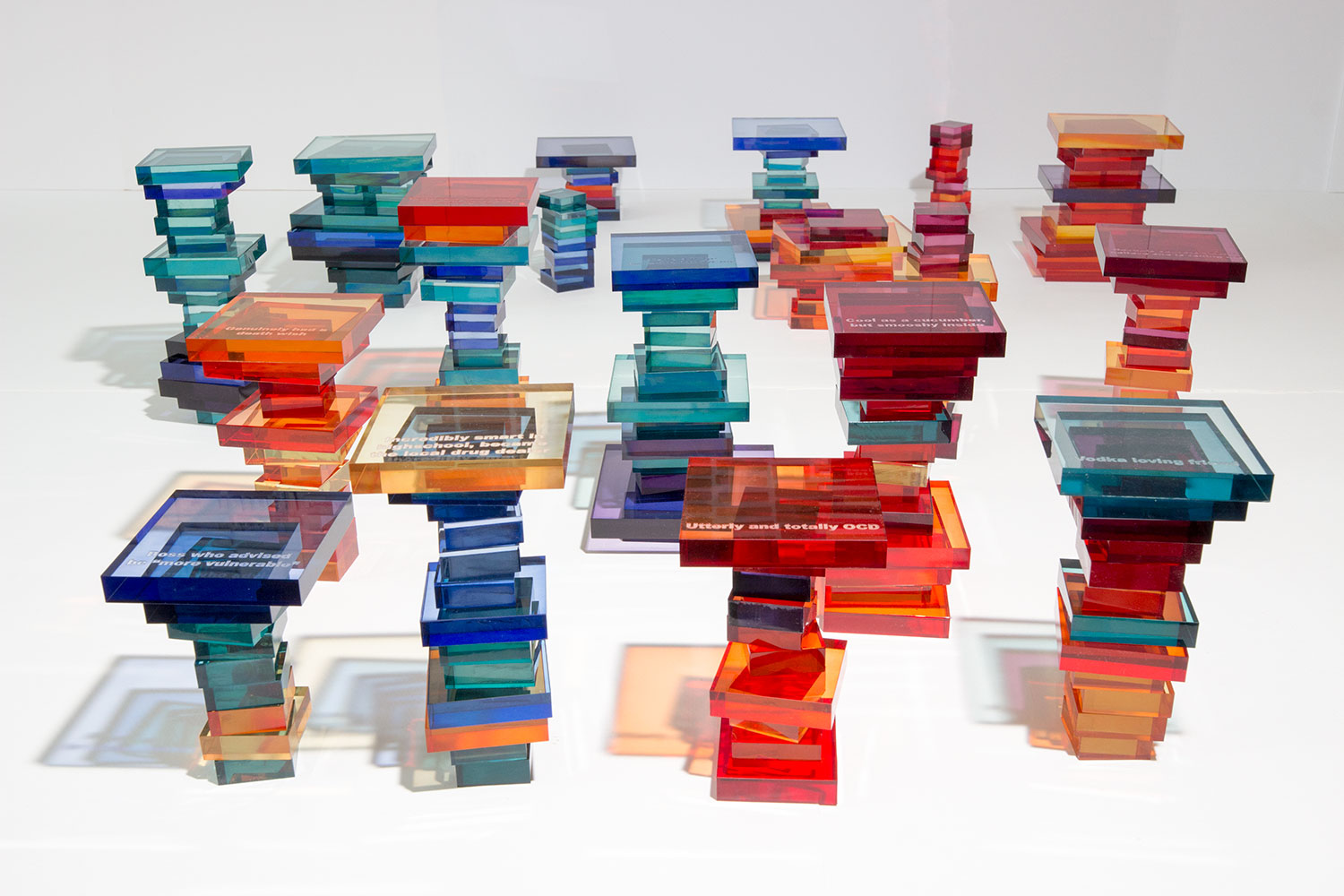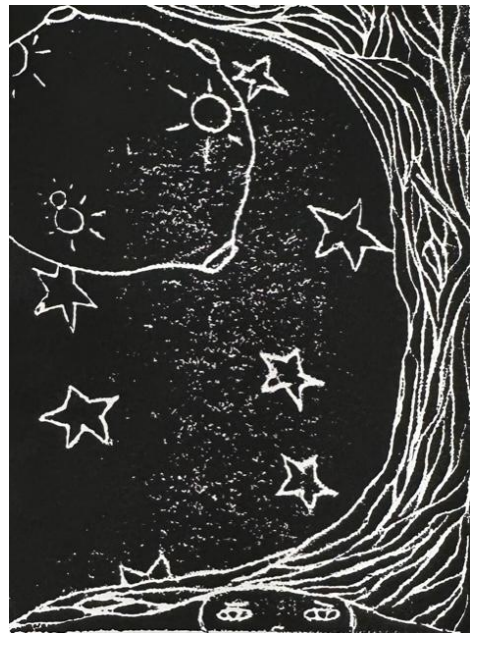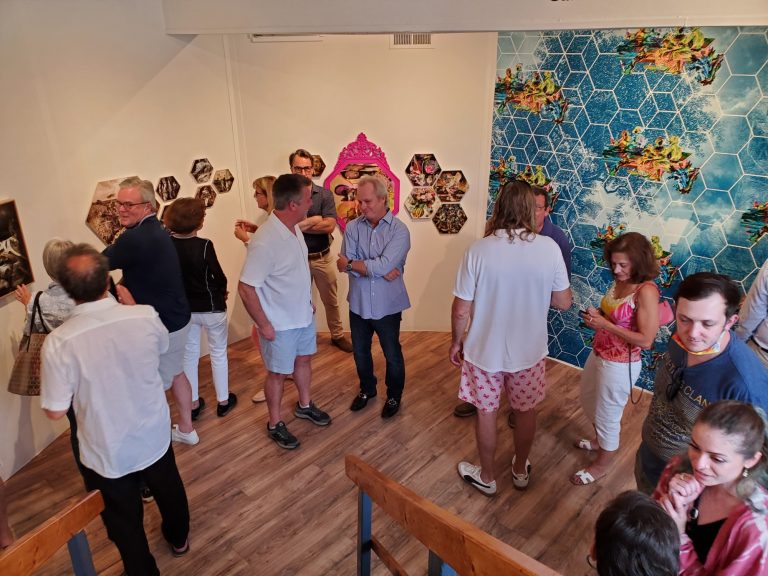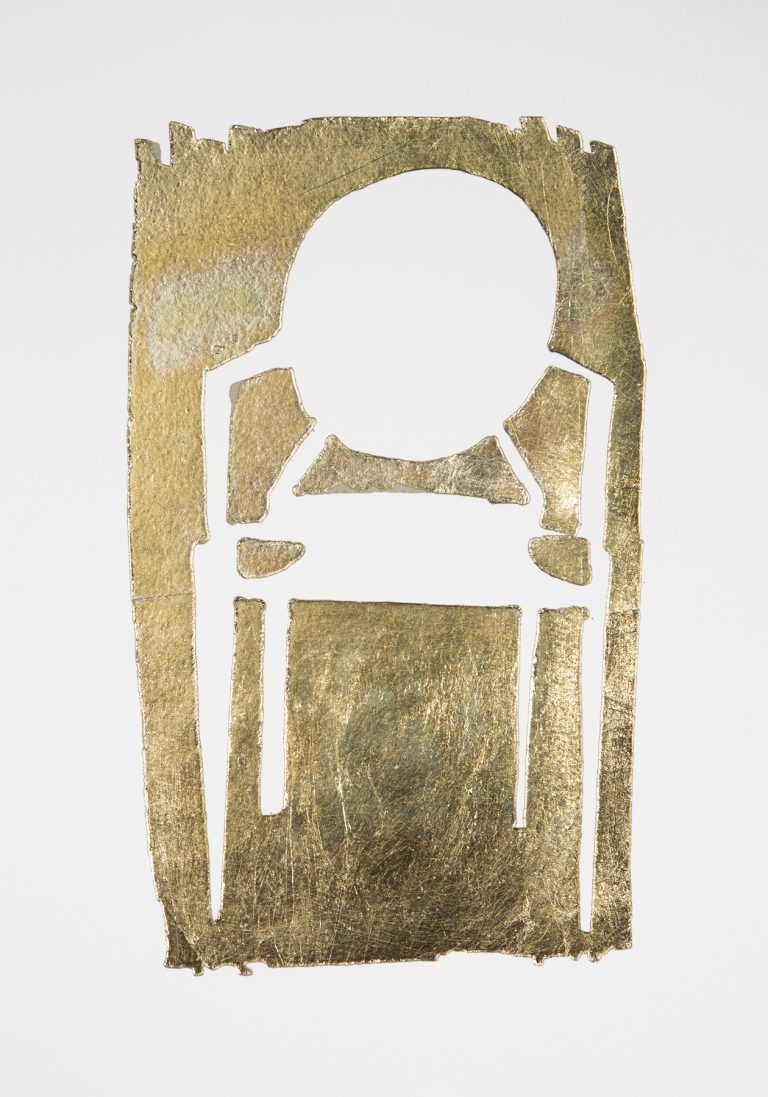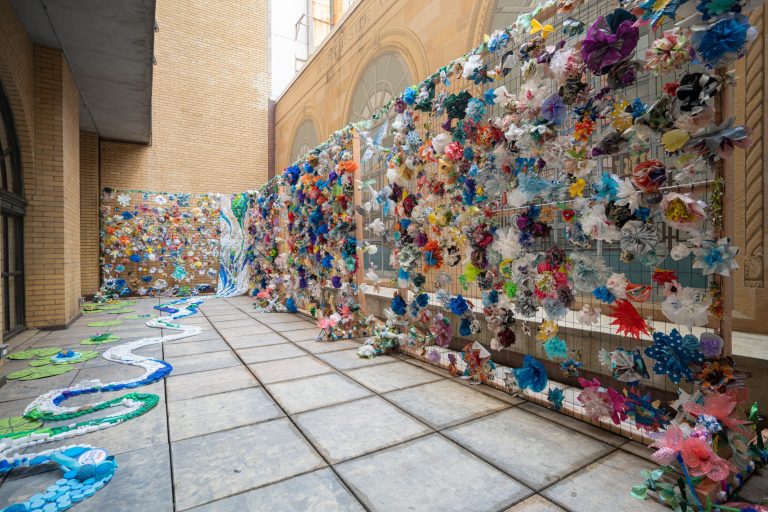Dataism: Putting the Person Back in Data
Data is sexy.
In some way or another, we’ve all fallen under its spell. We watch the votes being counted on animated maps on Election Day, or log the number of calories consumed on a Wednesday. This is because data is a powerful tool. An infographic can tell a thousand stories – of individuals in need, diseases to be cured, products to launch, or dividends to sow.
ArtsWestchester’s Dataism exhibition features the works of 13 contemporary artists who are captivated by the stories data can tell or, in some cases, forget to tell. These artworks take on diverse forms – hand-plotted graphs, interactive computer modules and ethereal textile installations, among others. While the subjects are also diverse, the works are unified by a series of critical questions in the age of data: when measuring a person by their swipes, steps-per-day and online purchases, is that person at risk of being lost in a sea of their own data? In other words, could data in the service of humankind leave out humanity? What can data tell us about the values of our current time?
The Bruises We Don’t See, a collaborative project by Giorgia Lupi and Kaki King, narrates the story of the largely immeasurable impact a disease can have on a patient and their family by using data not typically collected by medical professionals. The quietly unfolding video, scored by King, tracks days and lab tests alongside emotional reactions to the symptoms of a disease and recurrent hospital visits. Notes like “spent the day sleeping,” “devastated” and “trying not to cry” remind viewers that a person is more than the quantitative aspects of their illness.
Also motivated by showing what is often unseen in the process of data collection is Shawn Lawson. His Hash Cash work explores some of the less compelling sides of cryptocurrencies. Cryptocurrencies, such as Bitcoin, have many potential social and economic benefits, primarily because they are not backed by a single government. They also promise greater security, and allow anyone with a mobile device or computer to enter the currency exchange market. But there’s another side to cryptocurrencies. Lawson’s work visualizes Bitcoin transfers in real time. As transactions accumulate, the screen becomes increasingly filled with smog, which signals the increased electricity, equipment and CO2 emissions required to fuel the digital transactions.
Artists like Jennifer Dalton, Richard Garrison and Derek Lerner bring the human element back to data by returning to traditional artistic media: colored pencils, paint and ballpoint pens. Laurie Frick’s related works are built on surveys she circulated to her friends and colleagues, in which she asked people to identify individuals who had a memorable impact on them. She then color-coded the responses by type of relationship, intimacy, age and how they affected her during specific stages of her life. The artist-generated datasets are then translated as large-scale collages and stacks of translucent blocks.
In some ways, art about data, or art using data, isn’t anything new. Claude Monet’s series of paintings depicting haystacks and Amiens Cathedral at different times of the day and year is a form of data art. But the proliferation of data in the opening decades of the 21st century offers artists new tools for exploring the way we live now, how we might live tomorrow, and how this way of life will reflect on future generations.
Dataism is on view through January 25, 2020. Gallery Nite Out, an after-hours gallery happy hour, will take place on December 5. A curator’s tour will take place on December 12. For more info, visit: artsw.org/dataism.
Dataism is made possible with support from the National Endowment for the Arts and in collaboration with the Center for Digital Arts at Westchester Community College.
A version of this article first appeared in the November issue of ArtsNews, ArtsWestchester’s monthly publication. ArtsNews is distributed throughout Westchester County. A digital copy is also available at artsw.org/artsnews.

